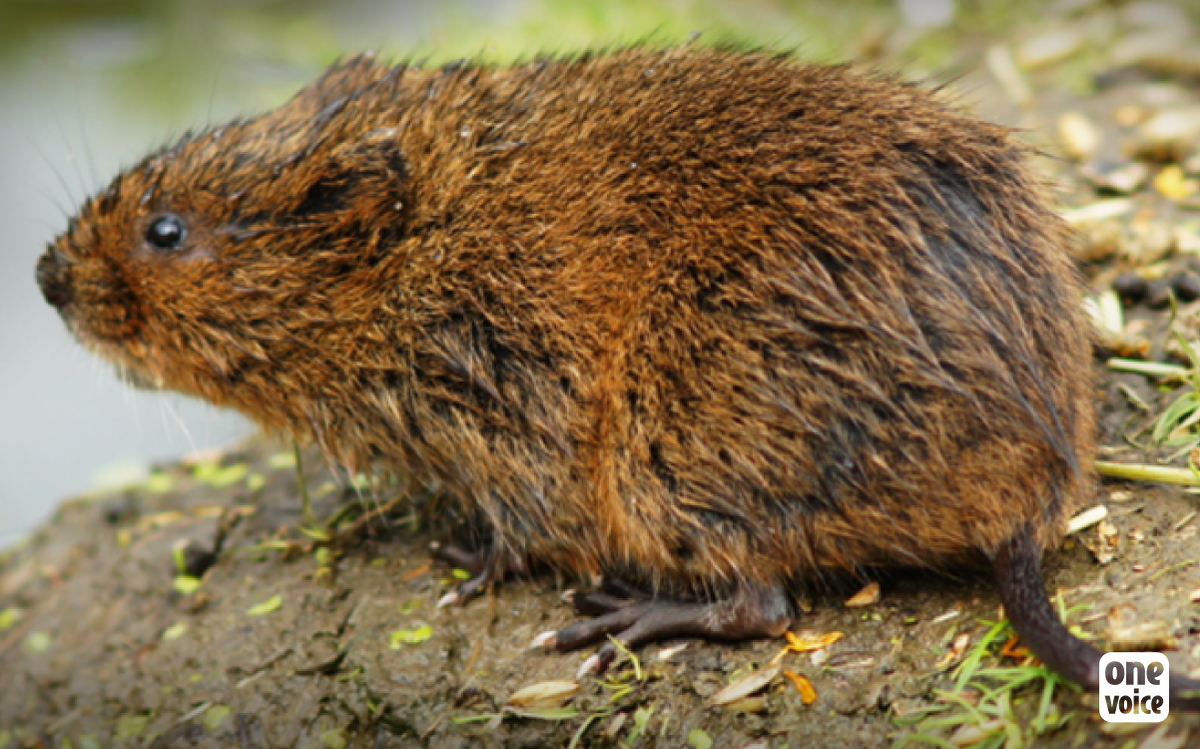

Notre-Dame-des-Landes: The southwestern water vole's little kingdom
The active and capable southwestern water vole trots happily along the marsh shores. This small furry round vole with bright eyes is a species is on the point of extinction. The construction of the Notre-Dame-Des-Landes airport could spell the end for its final territory.
What the south western water voles love above all is to swim in the turbid wetland waters, snack on the reeds, peck at the watercress or catch a dragonfly. They are very much at home in these calm waters hidden in the bushy lands, to which their bodies have evolved. They don’t want to be anywhere else.
Even more so than the farmers who are fighting valiantly against the airport, their rights should be respected so that this fatal project does not go ahead. There is talk of creating an artificial marsh to ‘compensate’ to 200% this natural habitat.
And then what? Catch all of the water voles with a net? And those who live alongside them, the rare Blasius newt (
Triturus x blasii), or the water shrew for example? Should they too be caught in a net to be moved to a faraway concrete pond? And the rushes? The flowers? The trees? The birds? The bats?
If this was a childhood tale, the little water vole would be furious. She would climb up onto a platform wearing her crusader colours and she would shout into a megaphone at the politicians: “I don’t want to be a refugee! Leave me to live in peace in my homeland!”
Of course, it’s only the tiny homeland of the southwestern water vole. But it’s their homeland and they love it. Why would we not take them into account?
This useless and destructive airport does not respect France’s commitments to the COP21, and equally, it undervalues the southwestern water vole, which is precious and non-replaceable. All over the world, the wetlands are being destroyed, and with them the rare flora and fauna that prosper there. As for the
Arvicola sapidus water vole, its population is considered “vulnerable” by the IUCN (International Union for the Conservation of Nature) and “near threatened” in France. Although they have never caused any damage to crops, the southwestern water voles have been hunted, eaten, poisoned, destroyed or pushed out by construction work on the riverbank. The American minks who have escaped from their breeders have invaded their vital habitat and agricultural pesticides are on the point of killing them.
Change the paradigm before it is too late. Stop devastating this world that we share with others. The survival of the southwestern water vole is infinitely more important than this bad idea dating from 1963, when the idea of climatic change did not even exist in the human conscience.